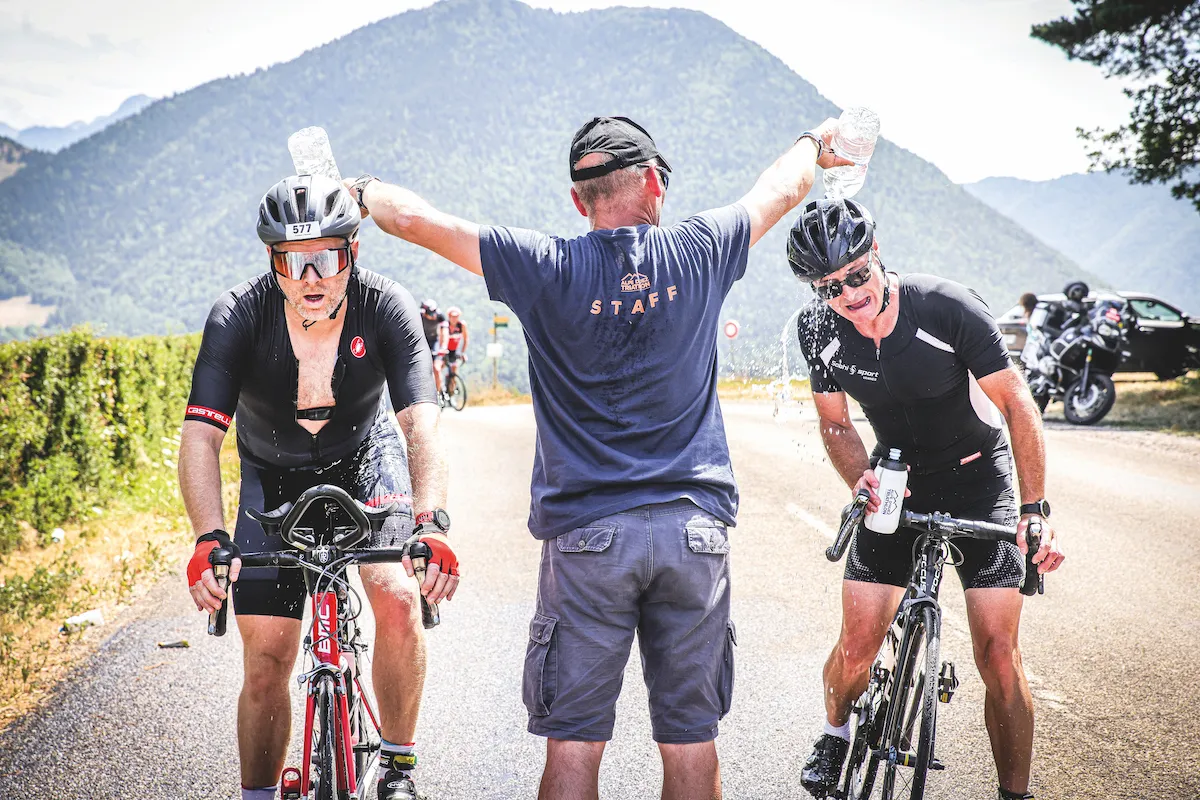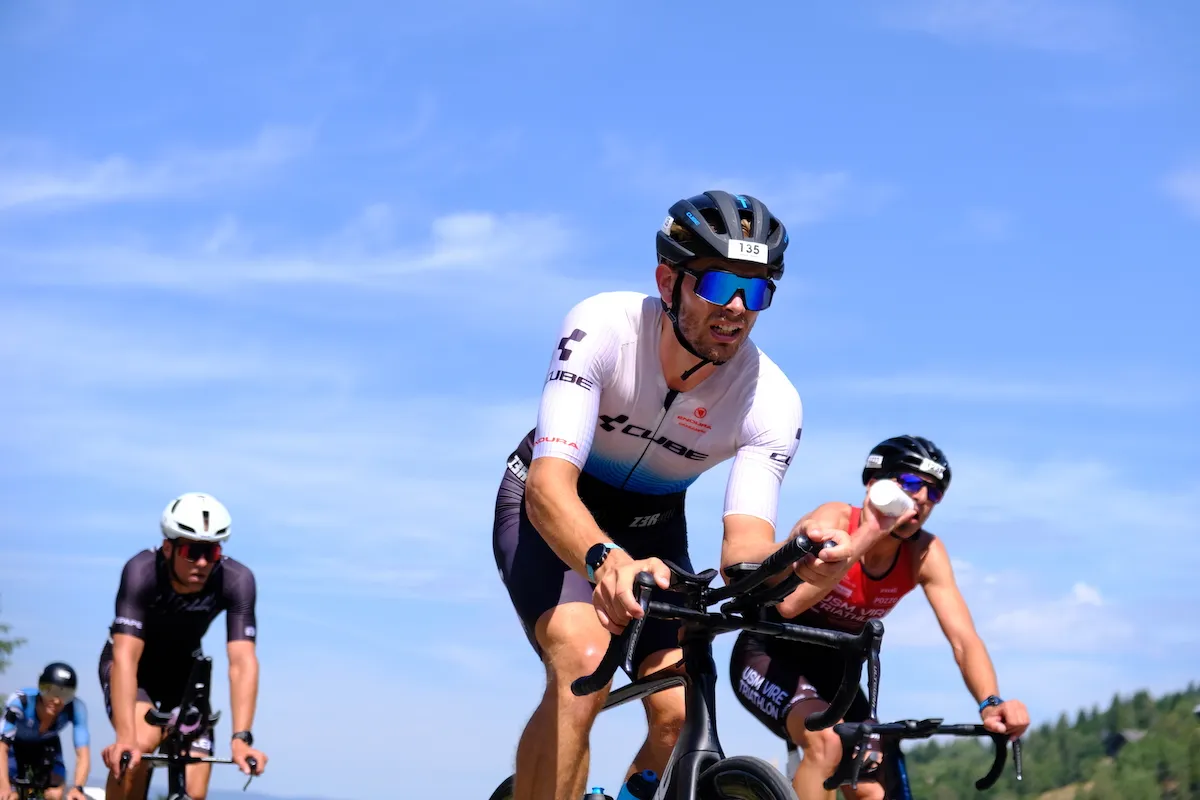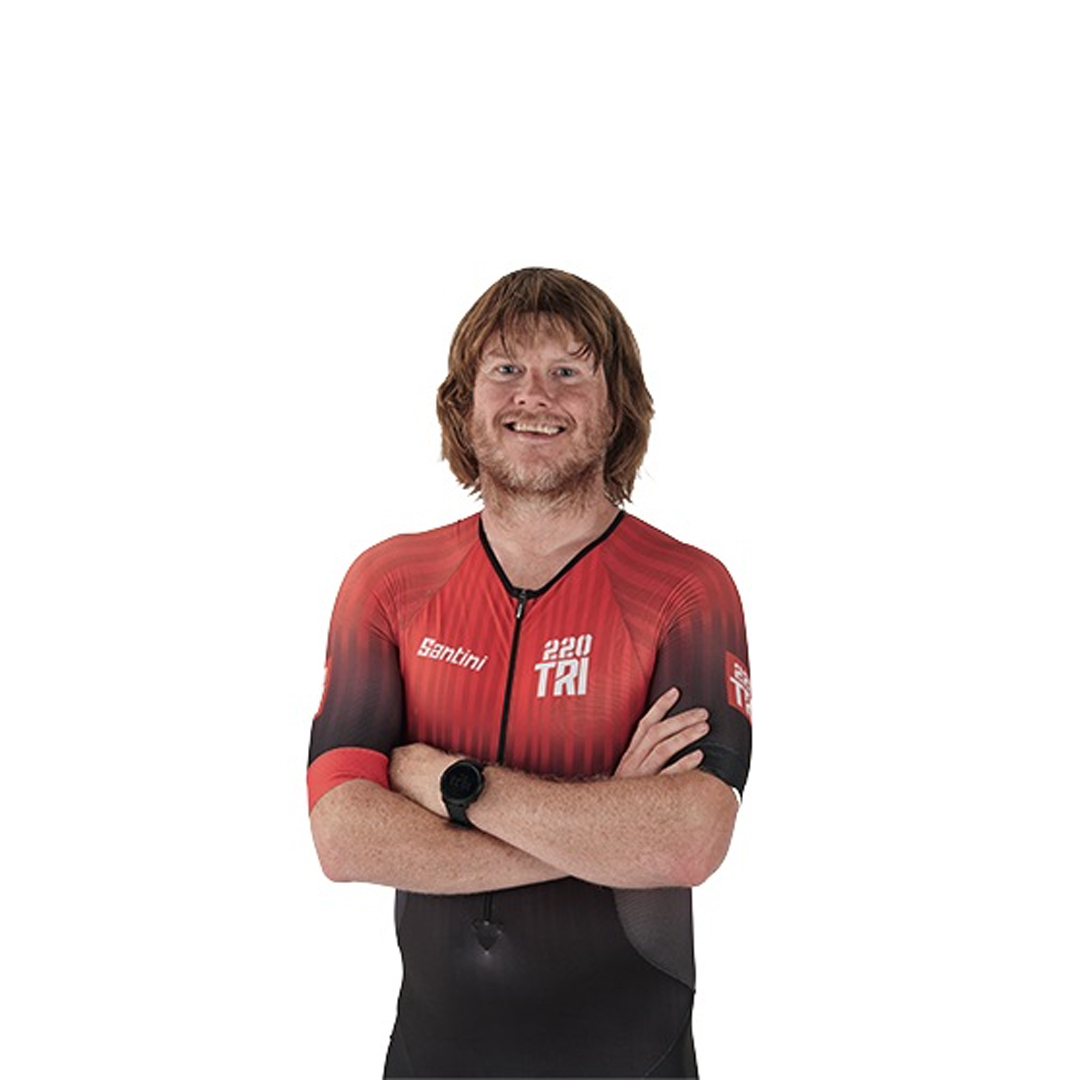A brief science lesson… Your resting core body temperature is around 37°C. Exercise increases the demands on energy production, so you burn through glucose in an effort to fuel your working muscles.
It works but rather inefficiently as just 40% of food metabolism’s used to produce ATP (adenosine triphosphate, which your cells use to contract muscle). The rest escapes as heat.
A plateau in your exercising core may occur anywhere between 38.5 and 39.5°C. However, when it’s hot outside, the increased ambient temperature, solar radiation and humidity can lift this over 40°C.
That not only results in fatigue, but it can also lead to heatstroke and heat exhaustion. In short, a dedicated heat strategy is essential, not only for your performance but your health, too. Arguably your greatest strategy is acclimatisation.
A swathe of research has shown that healthy adults exposed to conditions that elevates their core temperature by 1°C to 2°C for 60 to 90mins over a period of four to 10 days will afterwards elicit a lower resting core temperature, greater blood plasma volume and an increased sweating rate – all favourable adaptations to exercising in the heat.
This is difficult to recreate at home (acclimation) but not impossible, as you’ll discover.
In fact, World Triathlon places so much emphasis on racing safely in the heat that they’ve created a 29-page athlete document.
In it, they stress that “heat acclimation should be prioritised prior to any event where the environmental conditions are forecasted to be hot and/or humid, even if the level of heat stress is uncertain.
It’s important to note that heat acclimation doesn’t impair performance in cool environments and may even increase it under some circumstances”.
So, acclimate and race stronger in all conditions. That’s a big win. As are these 10 tips…
10 ways to race well in hot conditions

From taking baths to swilling menthol, downing ice slushies to adding more clothing, these strategies will see you breeze through a hot summer of racing.
1. Take a quick dip
Regular turbo-training sessions sans fan as summer kicks in will raise your core temperature and deliver the stimulus you need to perform in hotter climes. You can take that to the next level by slipping into the bath straight after.
Professor Neil Walsh showed that moderate exercise immediately followed by a 15min bath in 40°C waters over six days where ‘bath-time’ rose by 5mins each day, resulted in a 4% improvement in 5km time-trial time in the heat.
Walsh also says that a hot bath can improve cardiovascular function, glucose regulation and boost immunity.
2. Use menthol
Russ Best undertook his PhD thesis on ‘Menthol mouth swilling and endurance performance in the heat’. He showed that runners enjoyed a more comfortable experience and lower oxygen consumption after swilling 0.1% menthol mouth rinse.
He also realised positive results when applying menthol to the skin. Why is down to menthol affecting temperature receptors that alter your thermal perception.
Just don’t cake yourself in the stuff from top to toe as that can lead to heatstroke!
3. Make a hydration plan
Around a 2% loss in bodyweight through sweating has been shown to affect endurance performance. Cue a well-designed hydration plan.
Measuring your sweat rate’s a good start. Bike or run for approx. 1hr, ideally in hot conditions, and drink nothing from start to finish. Weigh yourself before and after and see how much weight you’ve lost.
Around 1kg fluid loss should be replaced with one litre of fluid. This should include electrolytes lost in sweat, especially sodium, which helps transfer water from the bloodstream to the working cells.
4. Bring on the baking soda
Sodium bicarbonate loading (baking soda) is a popular fuelling strategy prior to high-intensity efforts, the theory being that as baking soda’s an alkaline, it raises the pH of blood.
This means you can tolerate a greater bandwidth of blood acidosis when working hard as you’re starting from a lower base.
It’s also used by athletes as a hyper-hydration tool. In effect, you enjoy a blood plasma increase, so as well as preventing dehydration, it helps with bloodflow and circulation.
5. Add more clothing…
It sounds parochial but applying more layers of clothing during training is another acclimation strategy. It won’t be as effective at raising core temperature as exercising in the heat, but it will deliver partial heat stimulus.
6. …Remove clothing

Polyester’s a must in the heat as it wicks sweat far more efficiently than cotton; that said, if you’re wearing a cotton race outfit, you might be stuck in the early 80s!
A lighter colour’s better for sun deflection than darker colours, albeit treatments like ‘coldblack’ perform a similar function.
A waterproof sunscreen of minimum factor-30’s also a must. Look for titanium oxide – a proven ingredient that deflects the sun’s rays.
7. Expose yourself
If you’re racing abroad and are there a week or so beforehand, gradually increase your exposure to training in the heat, perhaps running for 30mins at the hottest part of the day and then adding further time each run.
Ensure you keep the air conditioning on overnight, though, as heat acclimation’s impaired if your sleep’s terrible. Also, if you puncture when racing, find a tree to shelter under when sorting the tyre.
8. Start cold to warm up
Pre-cooling strategies are popular in an effort to lower your temperature before you hit the swim. Swallowing an ice-slushie drink’s a popular one, but a very cool drink will suffice. Spraying wristbands with anti-freeze is another cooling option.
9. Dose up on dopamine
Dopamine’s better known for impacting mood but it also plays a key role in the thermoregulatory centre of your brain, which is why changes in concentrations have been shown to affect core temperature regulation during exercise.
However, dopamine’s synthesised in the body, so you’ll need to consume foods that you’ll assimilate to produce dopamine, such as fish oil, plus the amino acids L-theanine and tyrosine.
10. Grow fitter
As your fitness grows, you experience a host of adaptations that are naturally conducive to racing fast in the heat.
These include an improved sweat response to dissipate heat quickly, which stems from both lower core temperature thresholds for the initiation of sweating and greater sensitivity of sweating response to increasing core temperature.
Top image credit: Tom Pennington/Getty Images for Ironman
